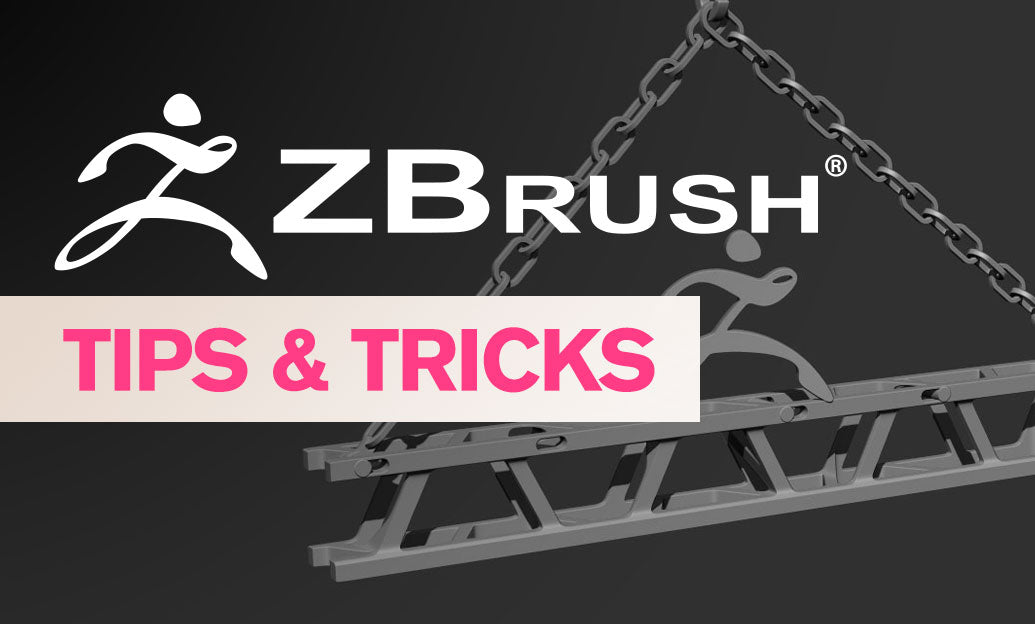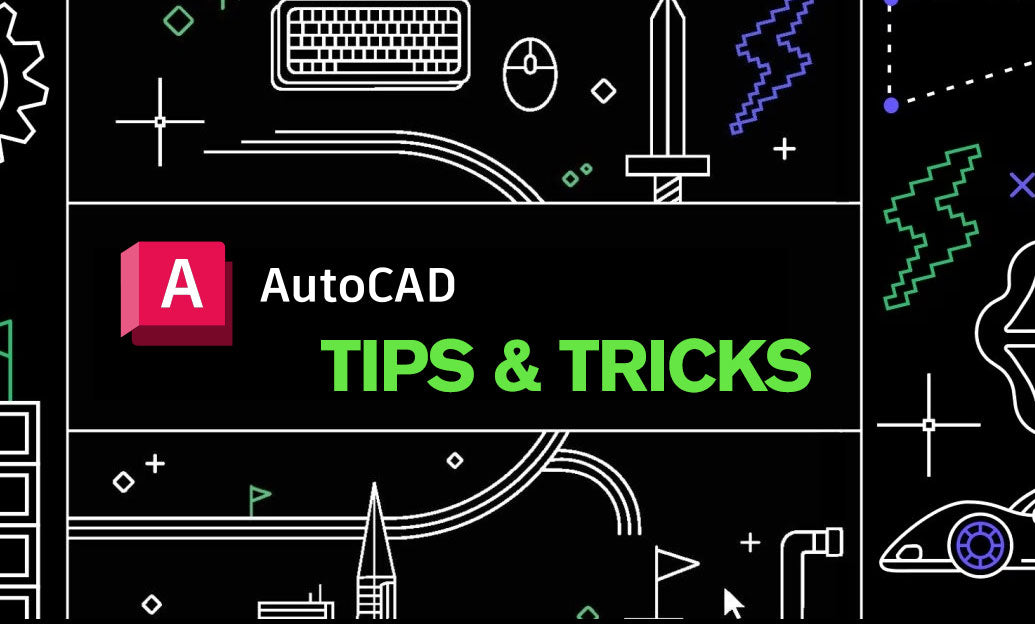Your Cart is Empty
Customer Testimonials
-
"Great customer service. The folks at Novedge were super helpful in navigating a somewhat complicated order including software upgrades and serial numbers in various stages of inactivity. They were friendly and helpful throughout the process.."
Ruben Ruckmark
"Quick & very helpful. We have been using Novedge for years and are very happy with their quick service when we need to make a purchase and excellent support resolving any issues."
Will Woodson
"Scott is the best. He reminds me about subscriptions dates, guides me in the correct direction for updates. He always responds promptly to me. He is literally the reason I continue to work with Novedge and will do so in the future."
Edward Mchugh
"Calvin Lok is “the man”. After my purchase of Sketchup 2021, he called me and provided step-by-step instructions to ease me through difficulties I was having with the setup of my new software."
Mike Borzage
Evolving CAD Software: The Impact of Customizable UIs on Productivity and Creativity
July 04, 2024 3 min read


Computer-Aided Design (CAD) software has long been a staple in the toolkits of engineers, architects, and designers, offering powerful capabilities for creating complex models and designs. Traditionally, these software solutions have come with fixed user interfaces (UIs), which, while generally functional, often reflect a one-size-fits-all approach. However, as the diversity of projects and user needs continues to expand, the concept of customizable UIs has emerged as a critical evolution in CAD software, aiming to enhance the user experience significantly.
The shift from fixed to customizable interfaces marks a significant milestone in the evolution of CAD software. Initially designed to provide a standard set of tools and functions, early CAD interfaces were not built with personalization in mind. Over time, the growing complexity of projects and the diverse needs of users across different industries have highlighted the limitations of this approach. The introduction of customizable UIs represents a response to these challenges, offering a more adaptable and personalized software experience that can lead to increased productivity and creativity.
Benefits of Customizable UIs in Enhancing Productivity and Creativity
Customizable UIs in CAD software offer numerous benefits that directly impact productivity and creativity. Below are some of the most significant advantages:
- Personalization: By allowing users to tailor the UI to match their specific workflow, customizable interfaces can reduce the number of clicks required to execute commands. This streamlining of processes not only saves time but also minimizes the risk of errors, leading to a more efficient and enjoyable design experience.
- Adaptability: Customizable UIs can adapt to various project types and user roles, ranging from architectural design to mechanical engineering. This flexibility ensures that users have access to the tools and functions most relevant to their current tasks, without the clutter of unnecessary features.
- Learning Curve: For new users, the ability to customize the UI can make learning CAD software less daunting. Educational institutions can leverage customization to create interfaces that align with teaching objectives, facilitating a smoother learning process for students.
- Innovation: By providing a platform for users to experiment with new tools and workflows, customizable UIs can foster a culture of innovation. Users are less likely to be overwhelmed by the vast array of features in CAD software, allowing for a more exploratory and creative design process.
Case Studies: Success Stories of Customizable UIs in Industry
In the realm of CAD software, several success stories highlight the transformative impact of customizable UIs on productivity, project outcomes, and user satisfaction. While specific names and detailed case studies are beyond the scope of this article, the emphasis is on the general trend of software developers recognizing the importance of adaptability and personalization in their designs.
Feedback from industry professionals consistently underscores the value of customizable UIs. Many report significant improvements in workflow efficiency and project turnaround times. The ability to configure toolbars, menus, and shortcuts according to individual preferences or project requirements means that users spend less time navigating the software and more time focusing on design and innovation.
Future Trends and Developments in UI Customization for CAD Software
Looking ahead, the future of UI customization in CAD software appears promising, with several key trends and developments on the horizon:
- AI-driven interfaces that adapt to user behavior, potentially offering personalized suggestions for tool use and workflow optimization based on past actions.
- An increased role for community and user-generated content in enhancing and sharing custom UI setups, allowing users to benefit from the collective wisdom and experience of their peers.
- Despite the clear benefits, challenges remain for CAD software developers in implementing customizable UIs. Maintaining usability and avoiding overwhelming new users with too many options are vital considerations.
In conclusion, the evolution of customizable UIs in CAD software represents a significant leap forward in addressing the diverse needs of users across various industries. By offering more adaptable, efficient, and user-friendly interfaces, CAD software developers are not only enhancing the design experience but also empowering users to push the boundaries of creativity and innovation. As this trend continues, the potential for even more personalized and intuitive CAD experiences is vast, promising to transform how professionals approach their work in the years to come.
```Also in Design News

ZBrush Tip: Enhancing Fabric Sculpting Skills in ZBrush: Tips and Techniques
October 22, 2024 2 min read
Read More
V-Ray Tip: Mastering Subsurface Scattering in V-Ray for Realistic Rendering
October 22, 2024 2 min read
Read More
AutoCAD Tip: Efficiently Integrating PDF Underlays into AutoCAD Workflows
October 22, 2024 2 min read
Read MoreSubscribe
Sign up to get the latest on sales, new releases and more …


